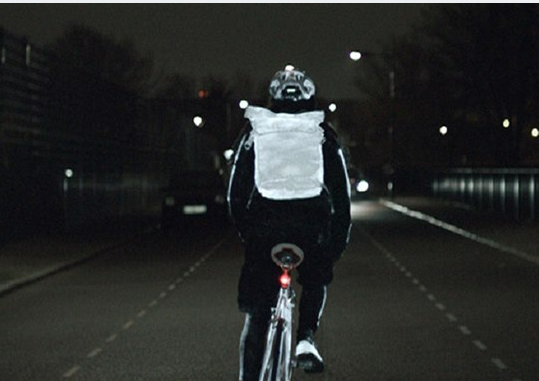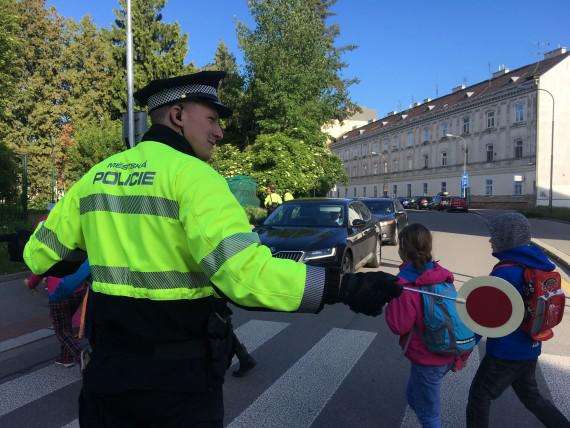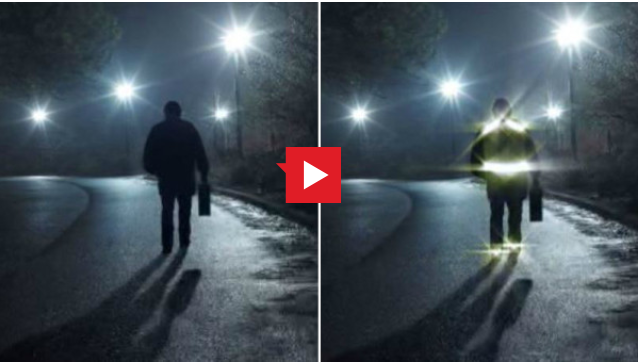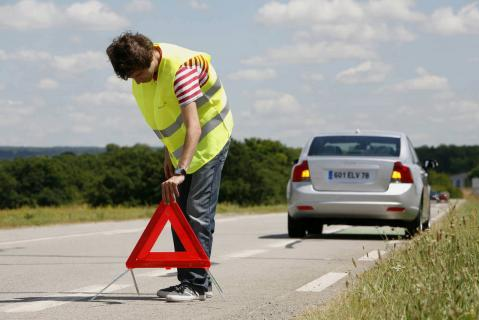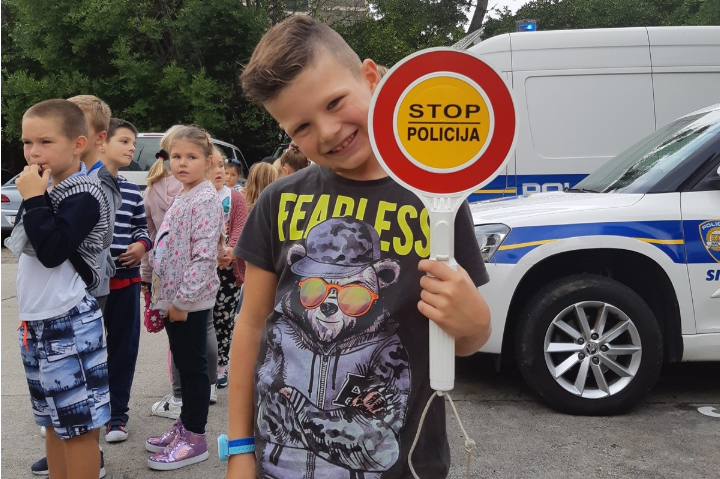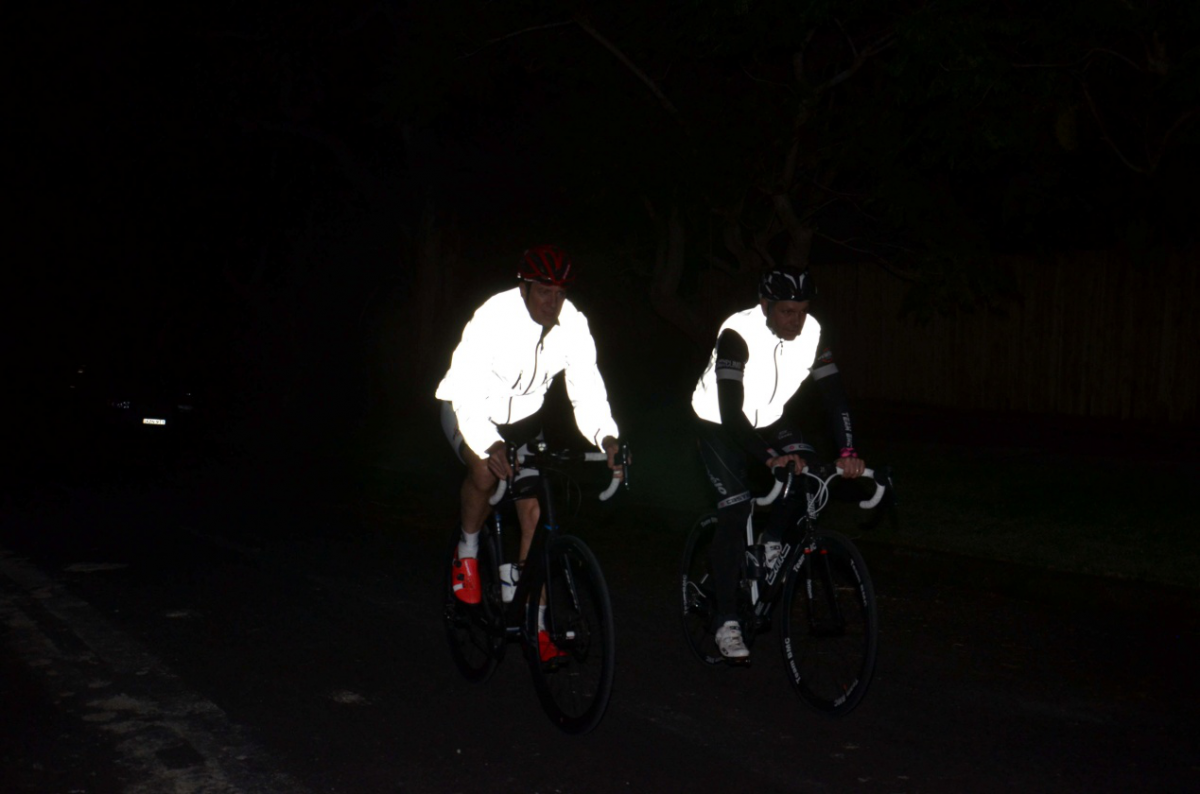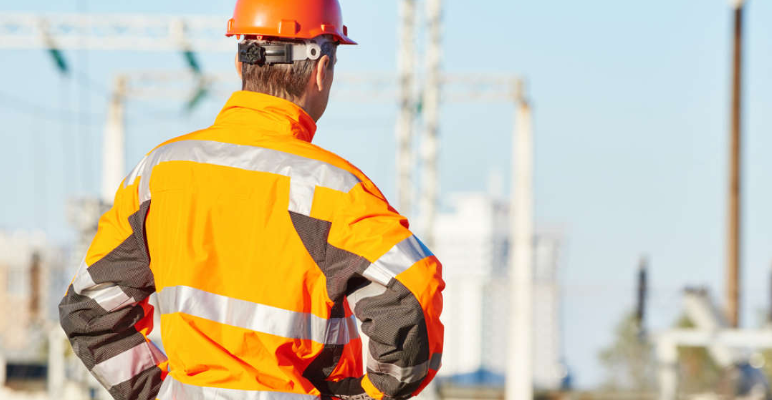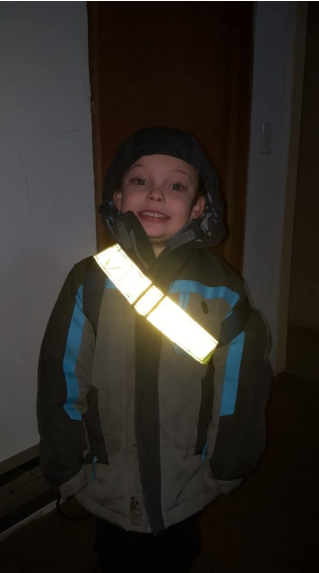To move children from home to school and from school to home as safely as possible, with the first day of the new school year, the staff of the Police Department of Istria began to act “Respect Our Signs”. The action is aimed at protecting children in traffic and preventing their lives being endangered, especially by the youngest who participate in traffic for the first time independently. Police activities at a press conference in front of the Giuseppina Martinuzzi Elementary School in Pula were presented today by Head of the Road Traffic Safety Department Josip Lukic and Assistant Chief of Prevention at the Pula-Pola Traffic Police Station Dubravko Slibar, while School Principal Susanna Cerlon emphasized the importance of implementing preventive measures action for student safety in traffic.
Head Lukić pointed out that during September 2017, during the action, no traffic accident occurred in the school zone at the time of arrival or departure of the students, in which the children participated. In the last year, 48 children aged 1 to 14 years have been killed, which is 6% less than in 2016, when 51 children were injured. The children were most often injured as passengers in vehicles: one child sustained serious injuries and 29 children sustained minor injuries. As a bicycle rider, eight children sustained minor injuries, while pedestrians were slightly injured by ten children. It is certainly important to point out that 63% of children are killed as passengers in their loved ones’ vehicles. “Experience so far indicates that children are one of the most vulnerable categories of road users, whether it is crossing the street, playing on the roadway, whether on the way to school or as passengers in a vehicle. A moment of carelessness often has dire consequences for the youngest,” Lukic said.
As in previous years, police officers, in cooperation with the representatives of the competent authorities for road maintenance, inspected all roads and traffic signs in the school zones to renew or replace the worn traffic signs by the beginning of the school year.
“At the beginning of the school, twenty-minute lectures and talks will be organized with the principals, pedagogues, and teachers with the students of the first grades of elementary schools. During the interview, police will hand out gifts to the children, and this year they are reflective yellow raincoats with reflective tape,” Assistant Silber said. The main objective of the lecture is to familiarize the youngest traffic participants with the basic rules for safe traffic. Also, the police will be present at the first parent meetings of primary school students, where parents will be advised of desirable traffic behaviors, as their children most often imitate them alone, which is why parents must obey traffic regulations.
During September, every day, especially during the start and finish of first-grade students, police officers will carry out enhanced traffic monitoring at driveways and intersections near schools to make it easier for children to get and leave school. In addition to preventive activities, the police will also act in a repressive manner in primary school zones, and will primarily monitor the speed, improper parking and compliance of pedestrian obligations on pedestrians at marked pedestrian crossings.
WAY TO SCHOOL
Practice your way to school with strict adherence to traffic regulations and safety rules. You are a role model to your child and it will imitate you in everything, and so in traffic behavior. Explain in a child-friendly manner the purpose of the pedestrian crossing, the change of traffic lights and their meaning for changing the movement of vehicles, as well as the role of a traffic policeman. Do not rush your child on the way to school, because getting to school faster is not the safest.
CHILDREN’S CLOTHING AND SCHOOL EQUIPMENT
If you are able or have not yet equipped your child for school, pay attention to the colors when purchasing children’s clothing. Lighter-colored clothing is easier to spot in traffic, especially for reduced visibility. It is also useful that the school bag has reflective straps or glasses (cat eyes) that are of great importance at night. In rainy weather, it is recommended to wear a raincoat as the umbrella reduces the child’s visibility.
CHILDREN AND BIKE RIDING
Before the age of nine, do not just put your child on a bicycle on a public traffic surface. A child of this age is capable of cycling only under controlled traffic conditions, therefore, in playgrounds, parks, areas with reduced traffic flow. Follow a child on a bicycle from nine to 14 years of age and do not release it to a public traffic area – it is not yet a “mature” cyclist and his or her fast reactions may be tragic for him or herself, but also other road users. A child under 16 must wear a safety helmet when riding on the road!
CHILDREN IN THE CAR
The Road Traffic Safety Act stipulates that children less than 150 cm in vehicles must be transported in a separate seat/stand, which is secured to the vehicle with a seat belt or special buckles. Exceptions are children less than 150 cm tall and at least 135 cm high, which need not be placed in a safety seat/pedestal, but may only be transported in the rear seats and must be fastened with a seat belt. The prescribed fine in case of non-compliance with this provision is HRK 500.
Please note that properly used child seats reduce the risk of a collision by up to 70% and the risk of serious injury by up to 60%. Therefore, use child seats even if the ride takes only a few minutes. Also, you must use the rear door lock to prevent the child from opening the door while driving.
We hope that the preventive action “Respect Our Signs” carried out by the Istrian Police during September will result in more responsible, tolerant and attentive behavior of drivers in traffic, especially in the areas where schools are located, and ensure a safe and safe arrival and departure to school for our students and a more enjoyable start to the school year. We urge all road users to obey the traffic regulations, and in particular, we urge drivers to exercise caution, that is, these days they pay attention to children in school zones and on their way from home to school so that we can all contribute together to safer participation of children in traffic.

